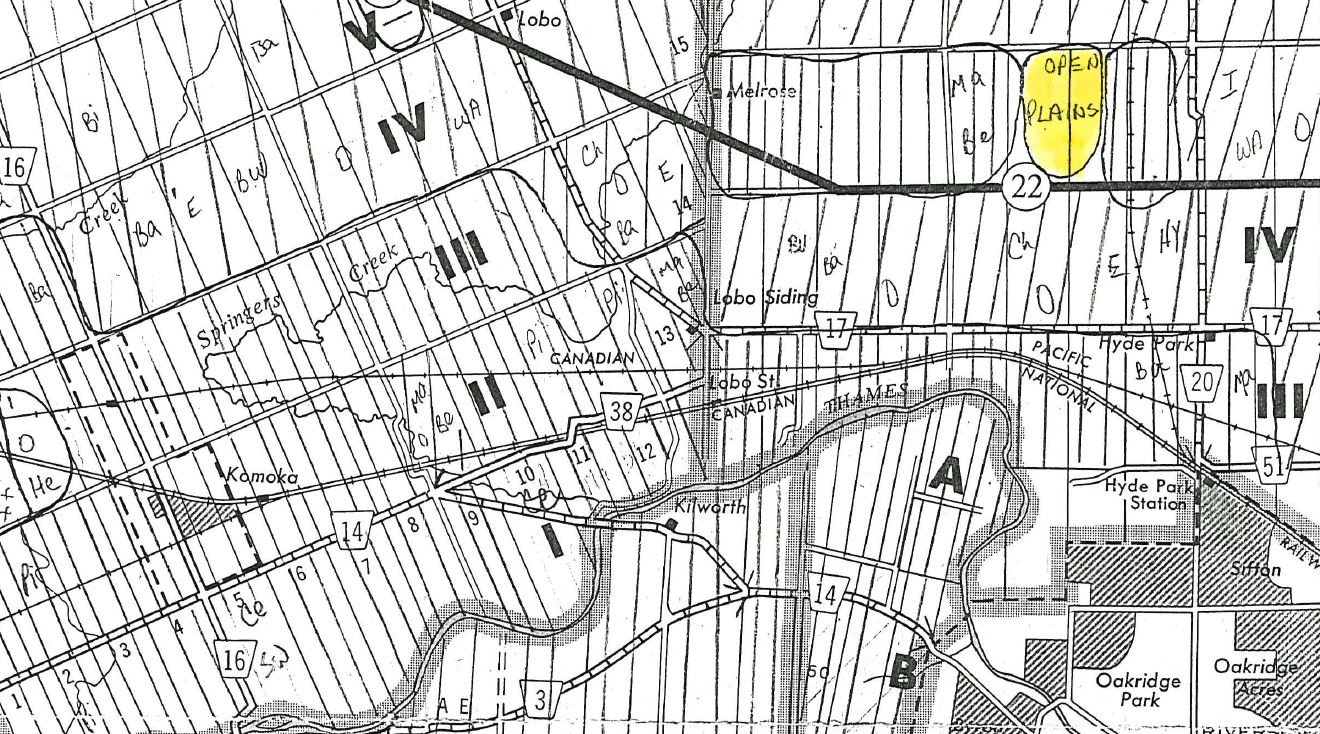Reconnecting with the Findlay Maps
About Satellite Outcomes
If a project is listed on the Portal, we do our best to realize outcomes related to that project during our day-to-day. Sometimes, in chasing down one lead, we come across something significant enough that we just have to share it.
Peter Findlay and the University of Waterloo Geospatial Centre
In the 1970s, Peter Findlay was brought on by Ontario government archaeologist Bill Fox to transcribe the vegetation notes from log books of 19th century land surveyors onto county maps. Findlay also recorded notes about First Nations sites identified by the surveyors. Decades later, London archaeologist Shari Prowse together with the researchers from the University of Waterloo digitized many of these maps.
Learn more about the University of Waterloo Geospatial Centre
Access the Findlay Maps
Covering most of SW Ontario, the Findlay Maps are accessible from the University of Waterloo Geospatial Centre. Middlesex and Bruce Counties will also be added shortly after queries by the Research Portal to Shari Prowse.
About the Findlay Maps
The Findlay Maps represent historical vegetation, soil and First Nations notations from 19th century land surveyor log books on county maps of southwestern Ontario. The maps identify swamps, dominant forest and stands of trees based on lot and concession. The London archaeologist who commissioned the maps, Bill Fox, was interesting in correlations between vegetation types and archaeological site potential.
About the Research Portal
A means to connect researchers and communities and to disseminate the results of their collaboration.

